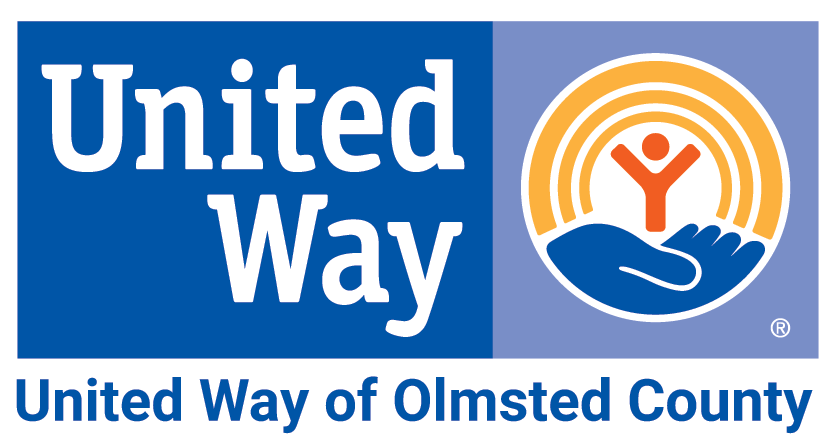.png)
Wednesday, January 5
“Americans believe in the reality of ‘race’ as a defined, indubitable feature of the natural world. Racism—the need to ascribe bone-deep features to people and then humiliate, reduce, and destroy them—inevitably follows from this inalterable condition. In this way, racism is rendered as the innocent daughter of Mother Nature, and one is left to deplore the Middle Passage or Trail of Tears the way one deplores an earthquake, a tornado, or any other phenomenon that can be cast as beyond the handiwork of men. But race is the child of racism, not the father.” - Ta-Nehisi Coates |
Welcome back. Thank you for dedicating a few minutes of every day to this self-guided learning journey.
Are you seeing how racism operates at different levels? Dr. Camara Jones, Senior Fellow at the Morehouse School of Medicine, says that in order to address racism effectively, we have to understand how it operates at multiple levels.
What do you think of when you hear the word “racism”? If you imagined an encounter between two or more individuals, you’re not alone. This is called interpersonal racism which is often what people think of first and foremost. This makes sense because we can see and hear interpersonal encounters through word and action. You may even have specific images that come to mind from an experience in Olmsted County.
But only seeing the interpersonal level means we fail to see the full picture that keeps the system of racism in place. The graphic below titled “Levels on Which Racism Exists” illustrates that racism operates internally, interpersonally, institutionally, and systemically.

Today's Challenge: Do one or more of the following...
OPTION 1: Watch the video Systemic Racism Explained by act.tv (4:23). Systemic racism is evident in every aspect of life in the U.S., through disparities in family wealth, incarceration rates, political representation, education, health outcomes, and more. Resolving systemic racism will require ongoing changes in all areas of our systems.
OPTION 2: Read the article Race and Racial Identity Are Social Constructs by Angela Onwuachi-Willig on how race is not a biological concept but instead a social construct.
OPTION 3: Watch the spoken word performance Growing Pains from TEDxYouth@Davenport. A collaboration of three lifelong friends, the performance recounts their very different experiences growing up in very similar situations. (5:05)
OPTION 4: Read the article Historical Foundations Of Race from the National Museum of African American History and Culture. The term “race,” used infrequently before the 1500s, was used to identify groups of people with a kinship or group connection. The modern-day use of the term “race” as a biological concept is a more recent invention.
OPTION 5: Listen to the powerful social justice song “Sick & Tired” by Minneapolis/St. Paul music ensemble Sounds of Blackness and featuring HSRA (High School for Recording Arts). The song is a vocal protest to the murder of George Floyd on 5/25/2020 and a cry to eliminate institutional and systemic racism.
OPTION 6: Have questions about the content you are engaging with during the Challenge? Want to connect with others and reflect on our shared experiences? Join United Way VIRTUALLY for Community Conversation #1 (Friday, January 21 from noon-1:00 p.m.) or Community Conversation #2 (Monday, January 31 from noon-1:00 p.m.). Follow the links to learn more and register (space is limited).
